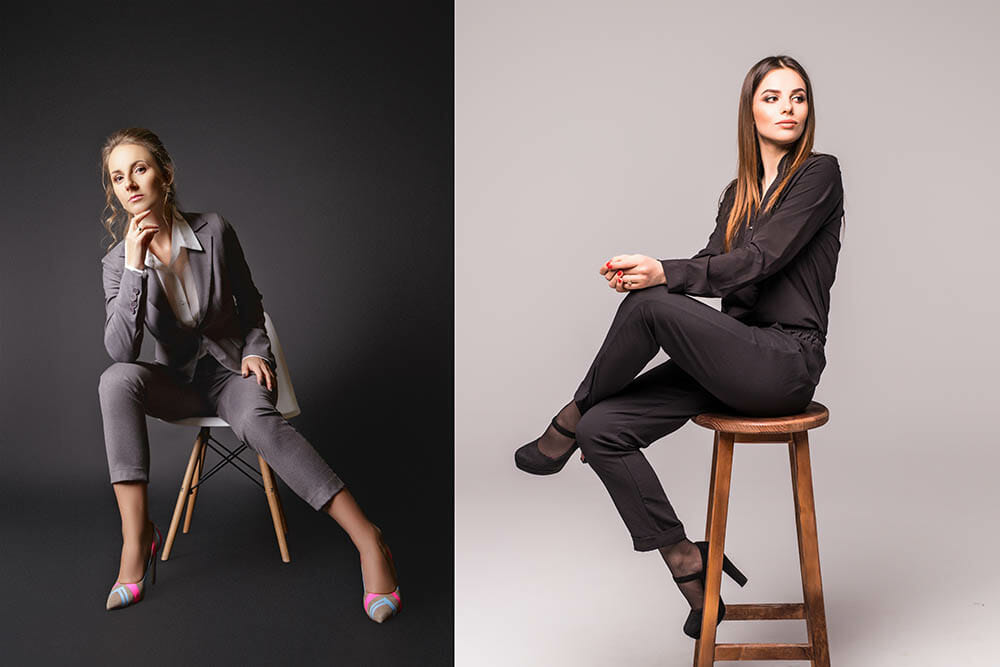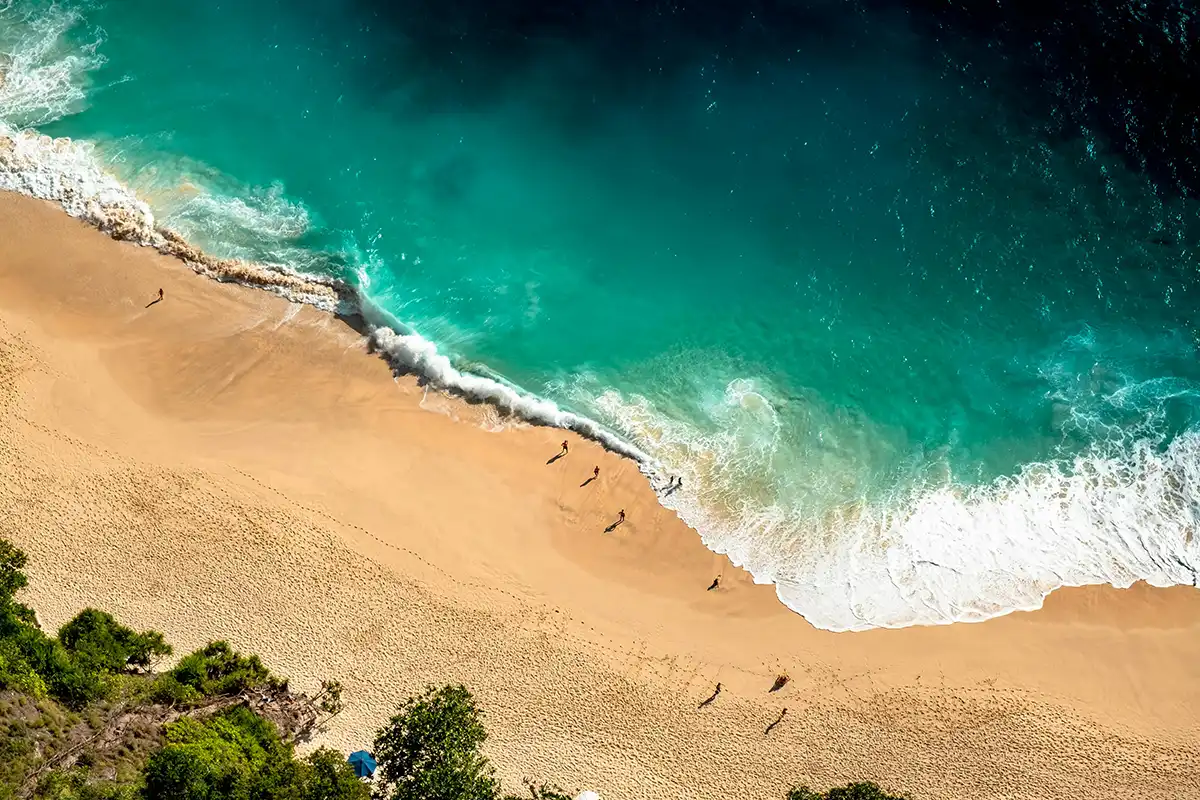
Aerial photography offers a unique perspective, allowing you to capture the world from above.
Whether you’re shooting with a drone, taking photos from a plane, or standing atop a high vantage point, aerial photography opens up endless creative possibilities.
I’m going to walk you through the basics of getting started, the equipment you need, and some essential tips for taking breathtaking aerial shots.
What is Aerial Photography?
Aerial photography involves capturing images from an elevated position, typically looking down at the landscape below.
Unlike traditional landscape photography, aerial shots offer a bird’s-eye view, highlighting patterns, textures, and scenes that are often hidden from the ground level.
Aerial photography can be done with drones, planes or helicopters, or even from high buildings and natural viewpoints.
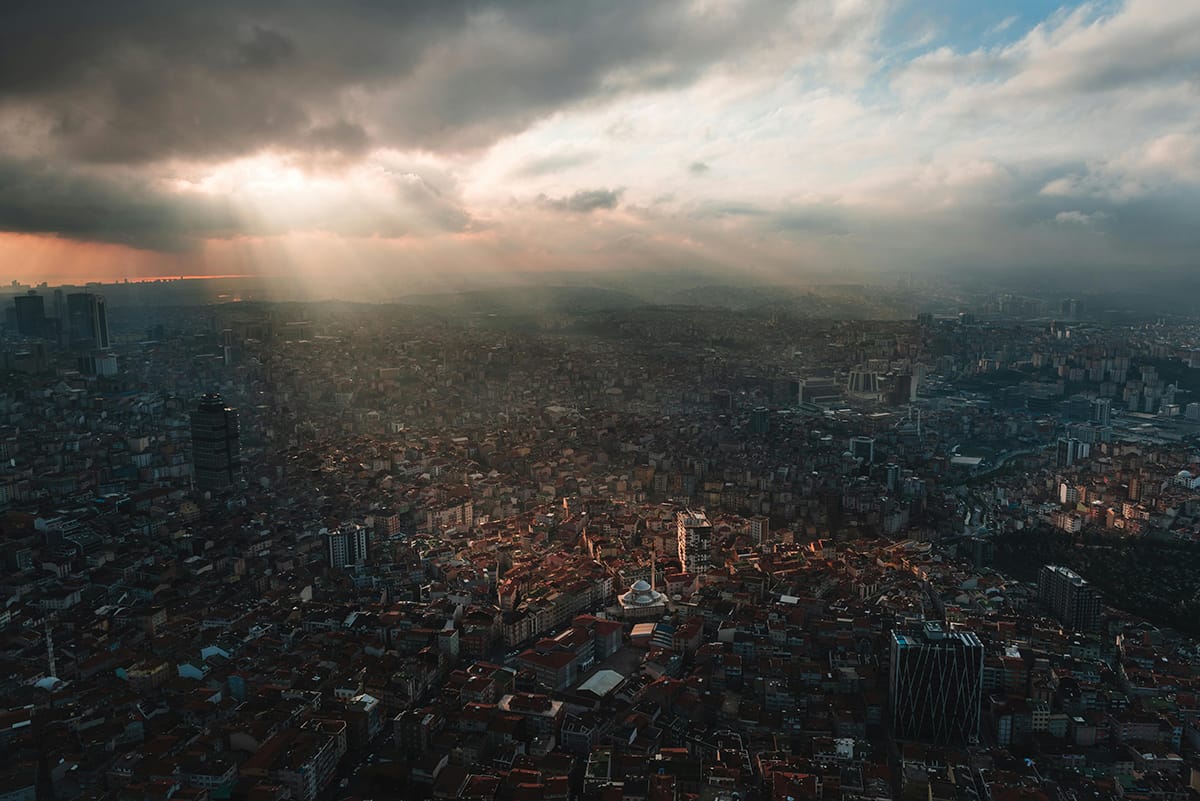
Essential Equipment for Aerial Photography
Depending on your approach, the equipment needed will vary. Here’s a breakdown of what you’ll need for each type of aerial photography.
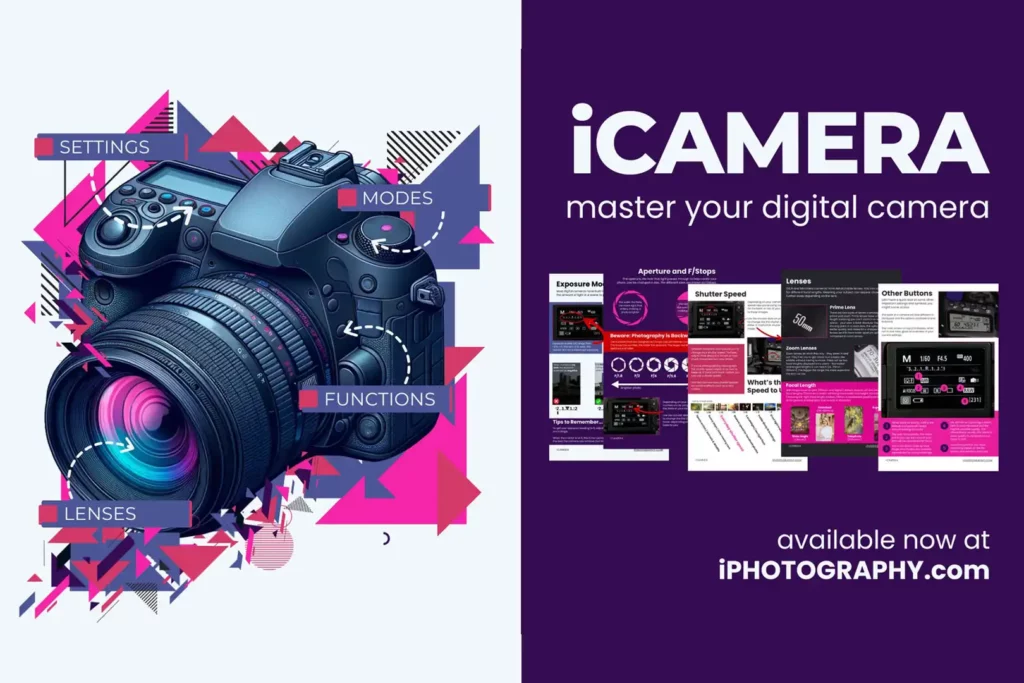
Download our Latest FREE Photography Book
1. Drones for Aerial Photography
Drones are one of the most popular tools for aerial photography, giving photographers control over altitude, angle, and composition. Many modern drones are equipped with high-resolution cameras, making them an excellent option for capturing sharp, detailed aerial shots.
Invest in a drone with a high-quality camera. Look for drones with at least 12MP resolution, capable of shooting RAW photos, and with stabilisation features to ensure smooth, blur-free shots.
DJI Mini 3 Pro (compact, great for beginners), DJI Air 2S (excellent quality for a reasonable price), or DJI Mavic 3 (high-end option with exceptional image quality).
Flight time is limited (typically 20-30 minutes per battery), so carry extra batteries to maximise shooting time.
Use high-speed memory cards to handle large image and video files, especially if you’re shooting in 4K.
Many drones can be controlled via a smartphone app, while others come with dedicated controllers that offer additional control and stability.
Drone Photography: A Buyers Guide
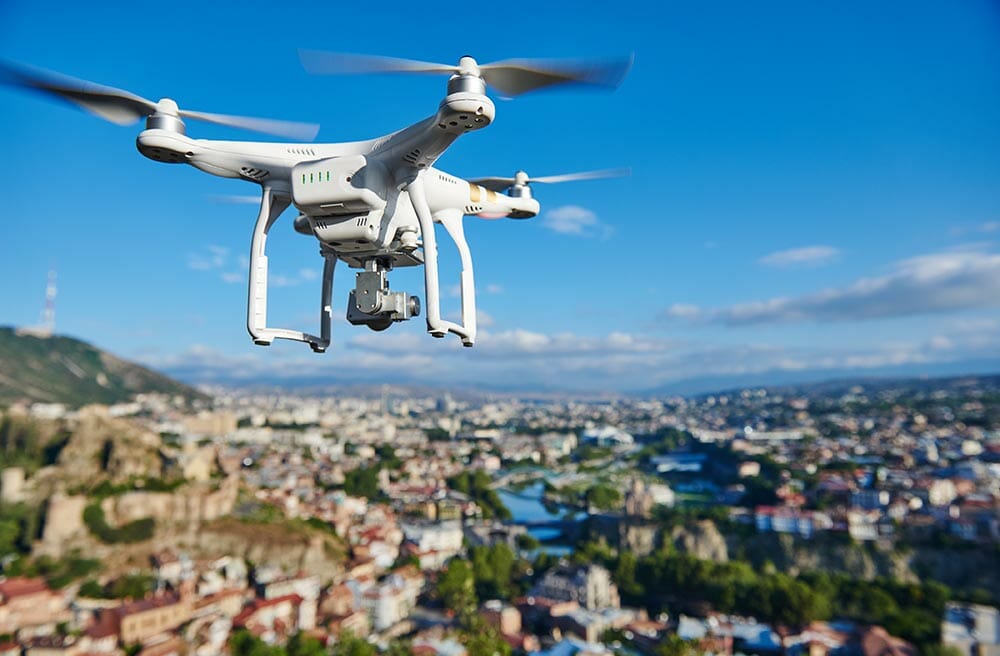
2. Camera for Aerial Shots from Planes, Helicopters, or High Vantage Points
If you’re taking photos from a plane, helicopter, or a high building, a good DSLR or mirrorless camera is essential for capturing high-quality shots at a distance.
Choose a camera with good resolution and dynamic range to capture fine details from afar. Full-frame cameras like the Canon EOS R5, Nikon Z6, or Sony A7 IV are excellent choices, though crop sensor cameras like the Fujifilm X-T4 can also perform well.
A versatile zoom lens (e.g., 24-70mm or 70-200mm) allows you to adjust your framing easily. A wider lens (e.g., 16-35mm) is ideal for broader landscapes, while a longer focal length (e.g., 70-200mm) lets you focus on distant details.
A polarising filter can reduce glare and haze, helping to achieve clearer shots through glass or in bright conditions.
If possible, use a camera or lens with stabilisation features, as shooting from a moving aircraft or even a high vantage point can lead to vibrations and slight motion blur.
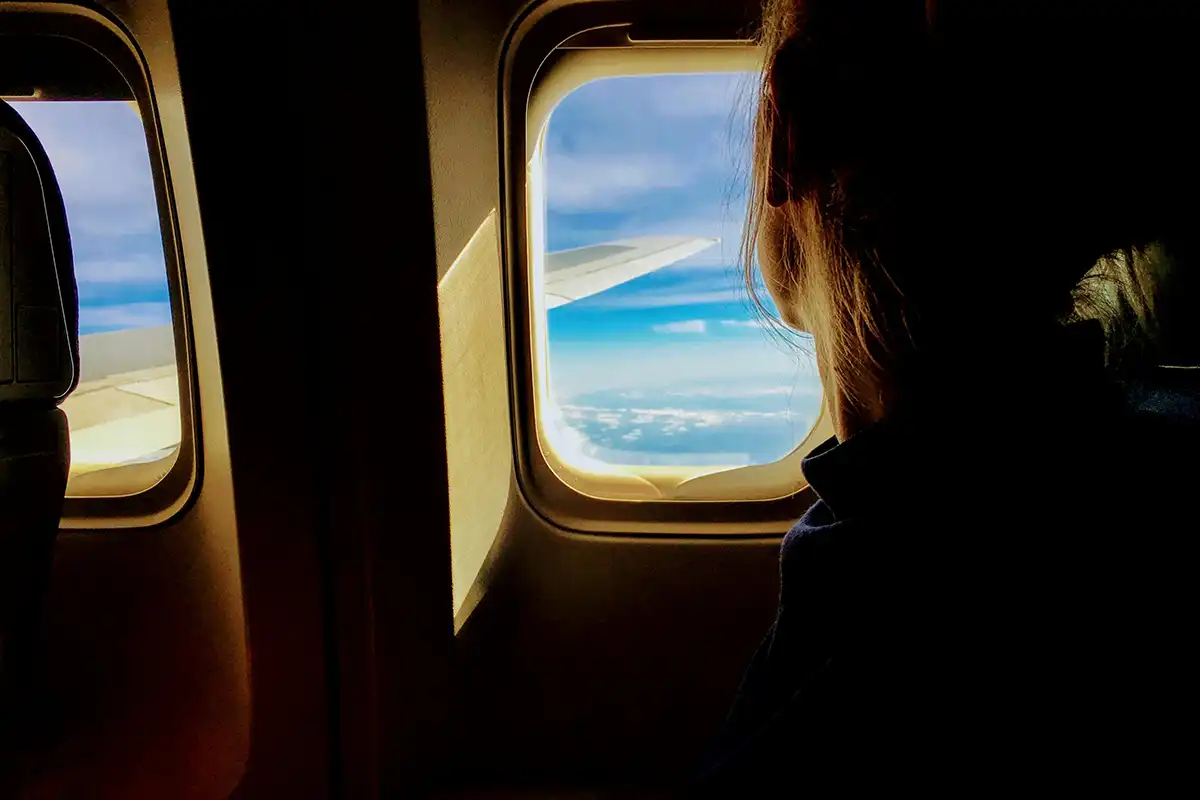
Tips for Capturing Stunning Aerial Photos
Now that you’ve got the equipment, here are some key techniques and tips to make the most of your aerial photography experience.
1. Shooting with a Drone
Research your location in advance and make sure drone flying is permitted. Use mapping apps to explore the area and consider practising in open spaces if you’re new to flying a drone.
The golden hours (just after sunrise and before sunset) are ideal for drone photography, as the soft light brings out textures and details without harsh shadows.
Experiment with unique compositions that highlight patterns, shapes, and contrasts from above. Top-down shots can emphasise symmetry, while angled shots can add depth.
Use manual settings for better control. Set ISO as low as possible (ISO 100) for cleaner images, and use a higher shutter speed to avoid blur caused by drone movement. Shoot in RAW format if possible for greater editing flexibility.
Many drones have automated modes like orbit, follow, and panorama. These can help capture complex shots smoothly and add creative options to your aerial work.
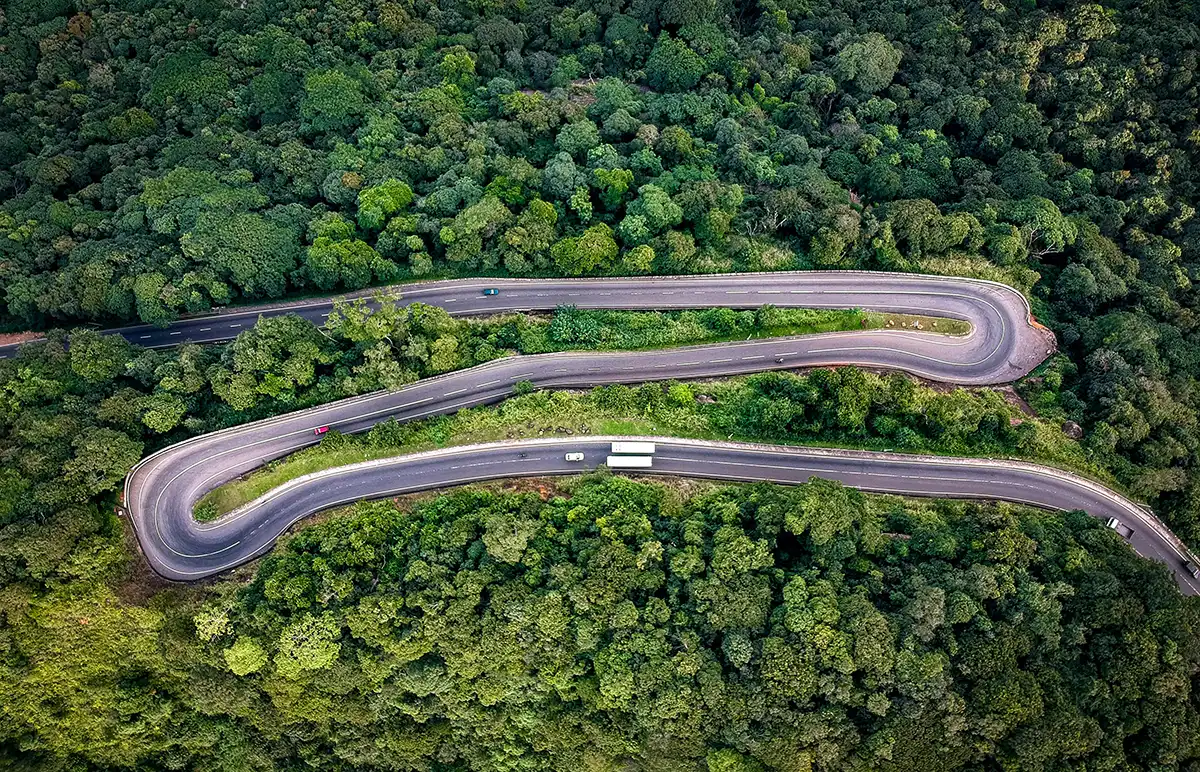
2. Shooting from Planes or Helicopters
Choose the Right Seat: Window seats are a must for aerial photography from commercial flights, and sitting in front of or behind the wing offers the clearest views.
On smaller aircraft, inform the pilot that you’re interested in photography, as they may take smoother turns to allow for better shots.
Camera Settings
Use a high shutter speed (1/1000th or faster) to counteract vibrations and movement, especially if you’re shooting from a helicopter.
Use a smaller aperture (e.g., F/8 to F/11) to achieve a sharp focus across the landscape.
Keep ISO as low as lighting allows to maintain image quality, but be prepared to raise it in dimmer conditions to achieve a faster shutter speed.
If you’re shooting through glass, use a polarising filter to cut down on reflections. You can also position the lens as close to the glass as possible and use your hand to block out stray reflections.
Try capturing different elements such as coastlines, mountain ranges, or cityscapes from above. If possible, capture the movement of the aircraft or the shadow cast by it on the ground for added context.
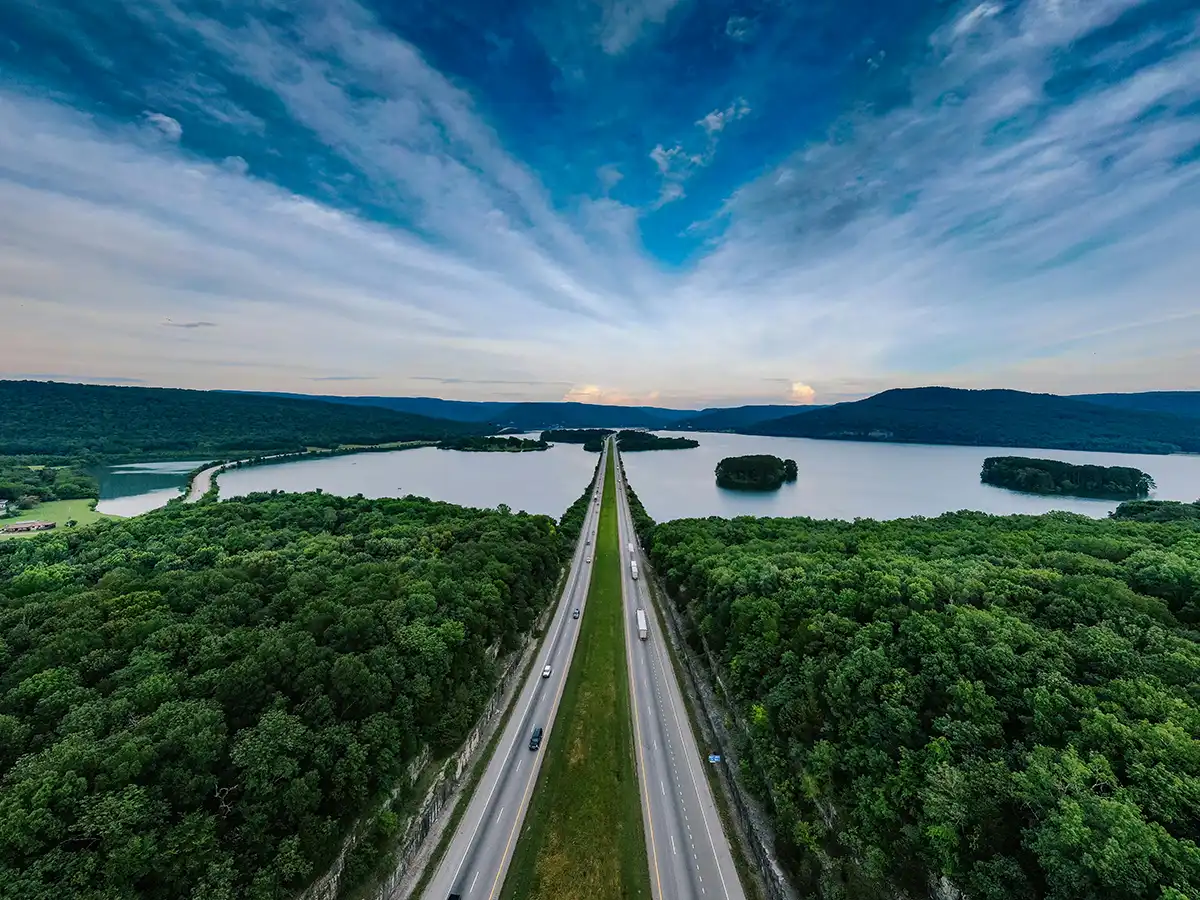
3. Shooting from High Vantage Points
Natural vantage points like mountains or cliffs, as well as urban vantage points such as skyscrapers, can offer incredible aerial-like perspectives.
Shooting from high points can mean uneven lighting, especially in cities with tall buildings casting shadows. Golden hour light is ideal as it enhances colours and creates gentle shadows.
A tripod can help keep your camera steady, particularly if you’re using longer shutter speeds to capture cityscapes or landscapes in low light.
High vantage points often mean shooting through more atmosphere, which can lead to haze. A polarising filter or post-processing adjustments can help reduce haze and enhance clarity.
While wide-angle lenses can capture the entire view, a telephoto lens allows you to isolate details within the broader landscape, such as clusters of buildings or specific sections of a mountain range.
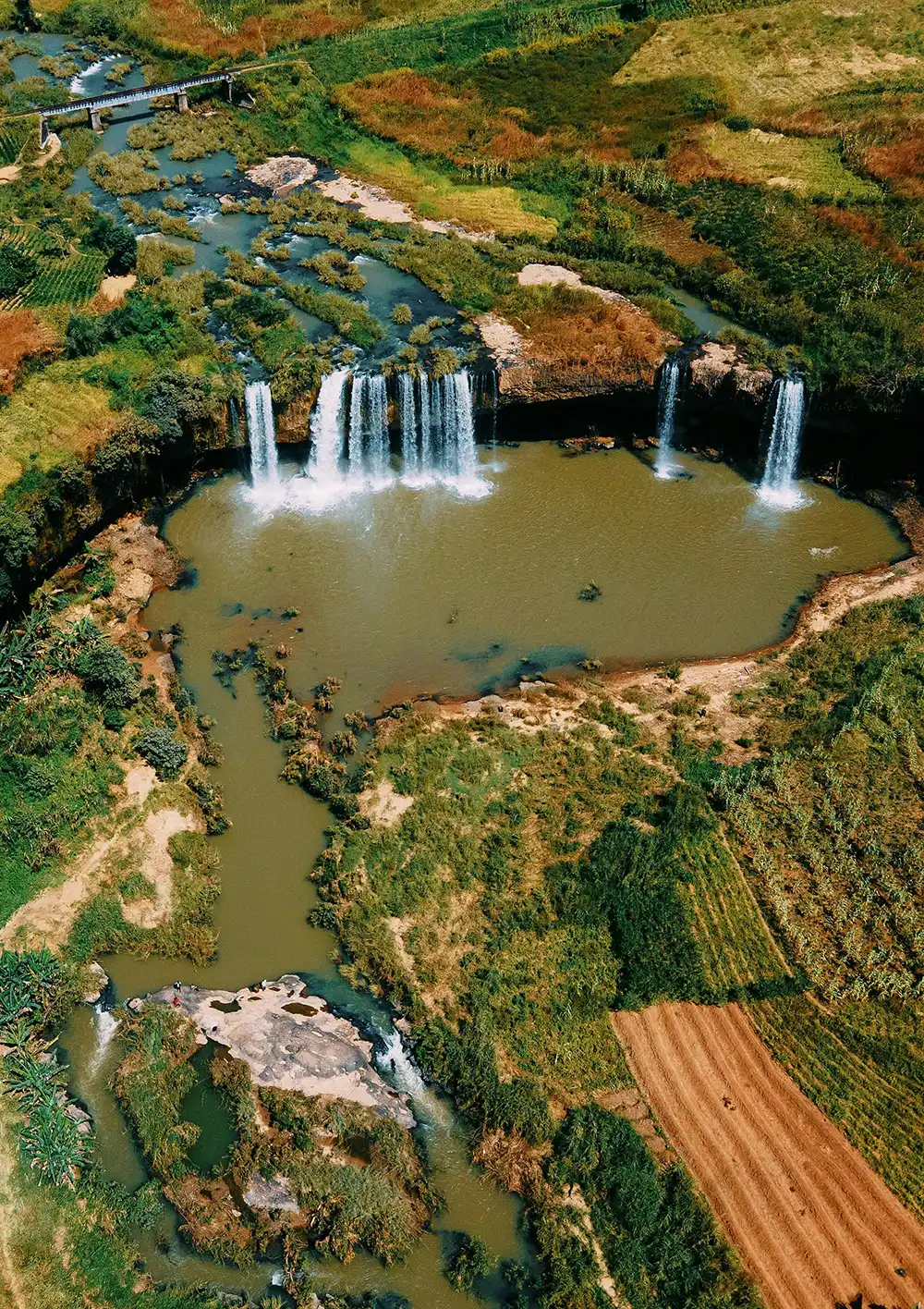
Editing Your Aerial Photos
Post-processing is an essential part of aerial photography, as it allows you to enhance colours, contrast, and sharpness to bring out the best in your images.
Aerial images can sometimes appear flat, so boosting contrast and adjusting highlights and shadows can add depth.
Increase saturation slightly to make colours pop, and use dehazing tools (available in software like Adobe Lightroom) to improve clarity.
Re-evaluate the composition during editing and crop if needed to emphasise focal points or remove distractions.
High-altitude shots can lose sharpness due to atmospheric conditions, so applying subtle sharpening can make details stand out more.
Safety and Legal Considerations
Aerial photography, especially with drones, requires attention to safety and local regulations.
Each country has its own rules about where and when you can fly drones. In the UK, for example, drones must remain within the pilot’s line of sight, and there are restrictions on flying near airports or over crowds. Always check local regulations before flying.
Avoid capturing private properties or people without permission. Many places, including national parks and landmarks, have specific guidelines or restrictions for drone photography.
Avoid flying or shooting in poor weather, particularly if using a drone, as wind and rain can affect both safety and image quality.
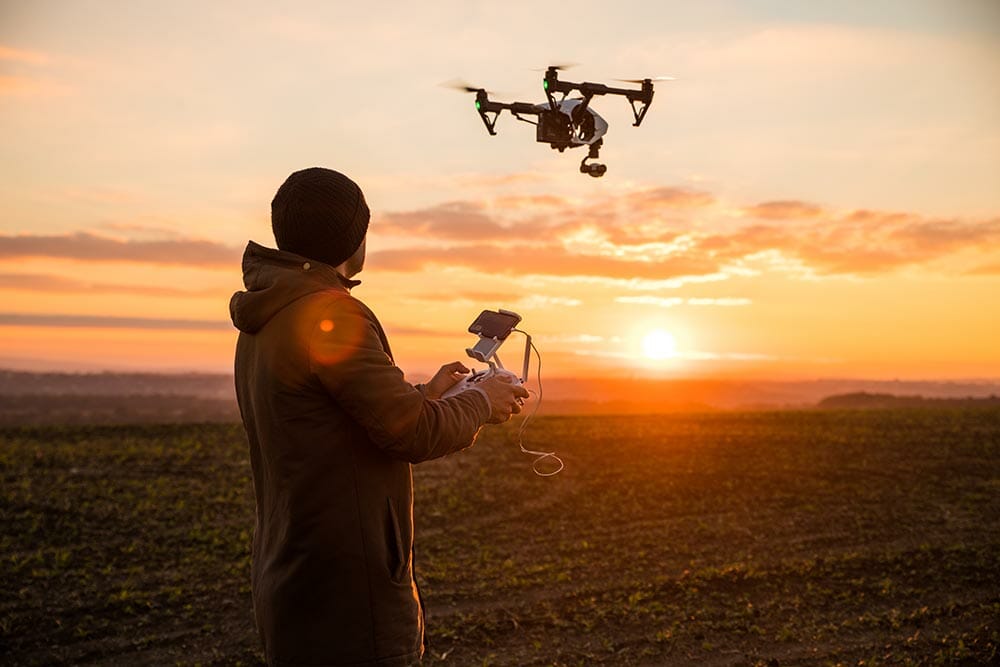
Conclusion
Aerial photography opens up new perspectives and allows you to capture the beauty of the world from above. Whether you’re using a drone, shooting from a plane, or standing atop a tall building, aerial photography requires the right equipment, technique, and a bit of planning.
By experimenting with different angles, compositions, and lighting, you’ll be able to capture unique and stunning images from high above.

